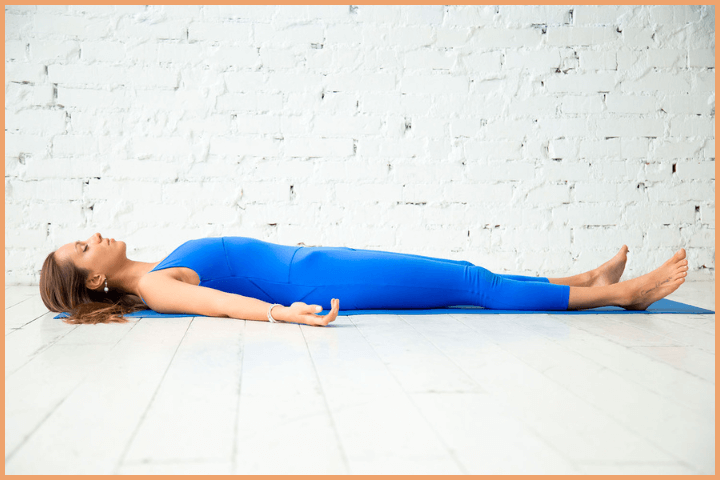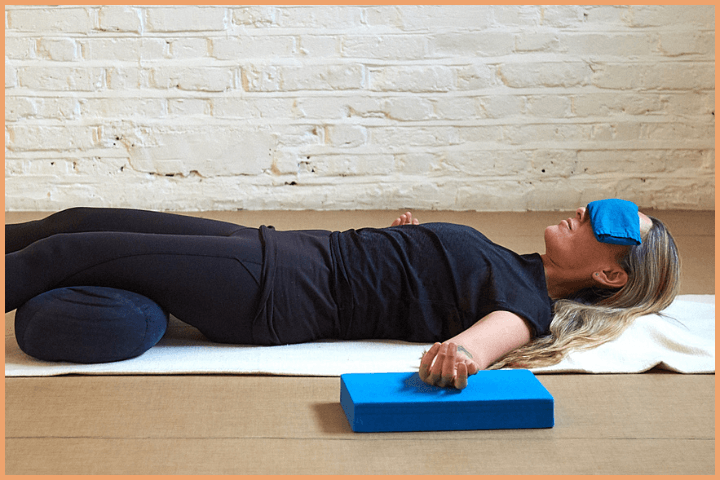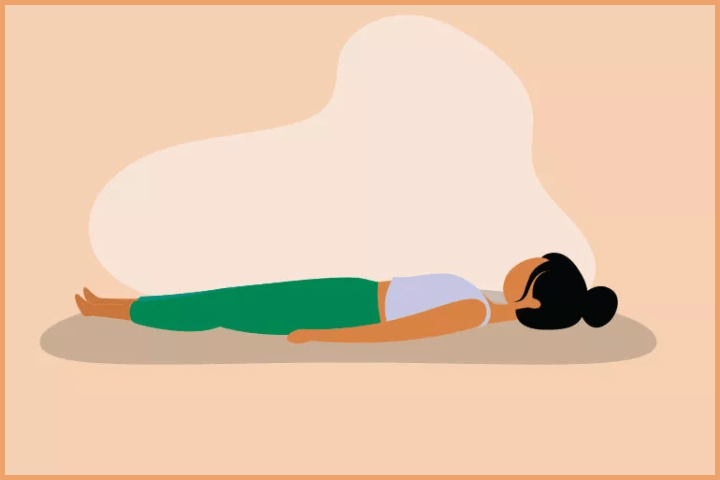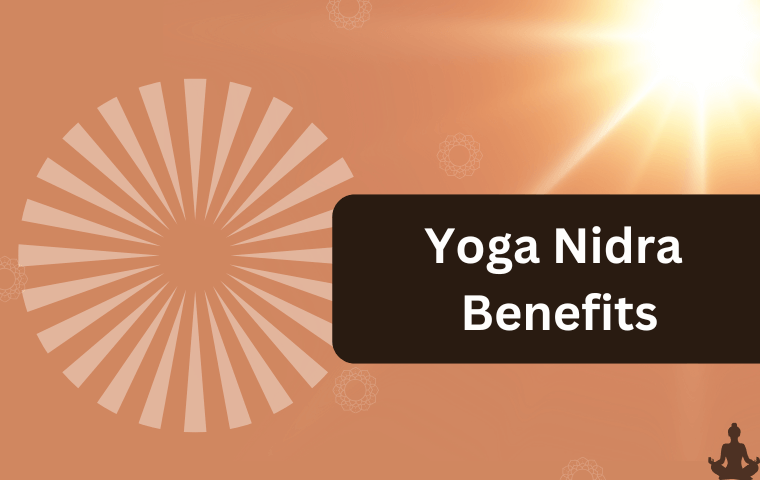In the fast-paced world we live in, finding time to truly relax and reconnect with ourselves can feel like an impossible task. Yoga Nidra, or “yogic sleep,” offers a transformative solution to this dilemma. It’s a meditation practice that promotes deep rest and healing without requiring any physical effort. Unlike other types of yoga that involve physical postures, Yoga Nidra is practiced lying down, making it accessible to people of all ages and physical abilities. Whether your goal is to alleviate stress, enhance your sleep, or boost your overall well-being, Yoga Nidra can offer transformative benefits for your life.
What is Yoga Nidra?

Yoga Nidra is a meditative practice that leads to deep relaxation and is frequently called “yogic sleep.” Despite the name, it’s not about sleeping in the traditional sense but instead entering a state of conscious relaxation between wakefulness and sleep. In this state, the body and mind can access the deeper layers of relaxation, helping you achieve a sense of inner peace, mental clarity, and emotional balance.
The practice typically begins with lying down in a comfortable position, often in Savasana (Corpse Pose), and being guided by a teacher or recording. Through a series of steps, including body scanning, breath awareness, and visualization, you enter a deep state of relaxation while remaining mentally alert. By engaging the parasympathetic nervous system, this practice fosters the body’s self-healing abilities and helps alleviate both physical and mental stress.
Benefits of Yoga Nidra
Yoga Nidra offers a wealth of benefits for both the mind and body, including:
1. Deep Relaxation and Stress Reduction
Yoga Nidra serves as an effective method for managing stress. The practice helps to reduce the production of stress hormones like cortisol while activating the parasympathetic nervous system, which promotes relaxation and rest. Yoga Nidra helps soothe the nervous system, which in turn reduces anxiety, enhances mood, and brings emotional equilibrium.
2. Improved Sleep

Many people turn to Yoga Nidra for its ability to enhance sleep quality. Practitioners can more easily fall asleep and maintain restful sleep by entering a state of deep relaxation. Regular practice helps train the body and mind to relax deeply, promoting more restful, rejuvenating sleep.
3. Emotional Healing and Self-Awareness
Yoga Nidra creates a secure environment for delving into your inner thoughts and emotions. It encourages self-reflection and the release of unresolved feelings in a gentle, non-judgmental way. This emotional exploration can help you become more self-aware and improve your emotional intelligence, allowing you to respond to life’s challenges with greater resilience.
4. Boosted Immune System and Healing
During the deep relaxation induced by Yoga Nidra, the body enters a state of repair and regeneration. The activation of the parasympathetic nervous system aids in boosting the immune system, enhancing blood flow, and supporting cell regeneration. It can be a powerful practice for overall health and recovery from illness or stress.
5. Enhanced Mental Clarity and Focus
Although Yoga Nidra is deeply relaxing, it also helps sharpen mental clarity. The practice quiets mental chatter, clears the mind of distractions, and helps you focus. It can improve cognitive function, memory, and decision-making abilities, making it an excellent tool for boosting productivity and creativity.
How to Practice Yoga Nidra
Yoga Nidra is accessible to everyone, whether you’re a beginner or an experienced meditator. Here’s a simple guide to help you get started:
1. Find a Comfortable Position
Begin by lying down on your back in a comfortable position. You can use pillows or blankets to support your body and ensure you are fully relaxed. Ideally, practice in a quiet, calm space where you won’t be disturbed.
2. Set an Intention (Sankalpa)
Yoga Nidra often starts with setting an intention or Sankalpa. This is a positive affirmation or goal you wish to focus on during your practice. Your intention should be specific, clear, and in the present tense, such as “I am at peace” or “I am healthy and strong.”
3. Body Scan
The next stage focuses on directing your attention to various parts of your body, beginning from your toes and gradually moving upward toward your head. This body scan helps you release tension in each area, allowing you to fully relax.
4. Breath Awareness
After the body scan, bring awareness to your breath. Let your breath move freely, paying attention to the rise and fall of your abdomen with every inhale and exhale. This helps center your mind and further deepens your relaxation.
5. Visualization

Guided visualization techniques are commonly used in Yoga Nidra. You may be asked to imagine calming images, such as a peaceful beach or a forest, to enhance relaxation and shift your focus away from everyday distractions.
6. Emotional Exploration
Some Yoga Nidra practices incorporate emotional exploration, where you observe any feelings or thoughts that arise without attachment. This helps release emotional blockages and promotes healing.
7. End with Affirmations
As the session comes to an end, return to your intention (Sankalpa) and repeat it to yourself. This helps reinforce the positive energy of the practice and anchors your intentions in your mind.
Embrace the Power of Yoga Nidra for Deep Healing and Renewal
Yoga Nidra offers an accessible and profound way to relax, heal, and reconnect with yourself. Whether you’re seeking to reduce stress, improve your sleep, or enhance your emotional well-being, this practice provides a pathway to deep rest and self-awareness. Yoga Nidra offers more than just relaxation; it helps improve sleep quality, strengthen immunity, and boost mental clarity, making it a vital practice for enhancing overall health.
By integrating Yoga Nidra into your life, you can tap into a deep reservoir of healing energy, find inner peace, and discover a greater sense of balance and clarity. The best part is that Yoga Nidra can be practiced anywhere, anytime, and by anyone—making it a perfect addition to your self-care routine.

